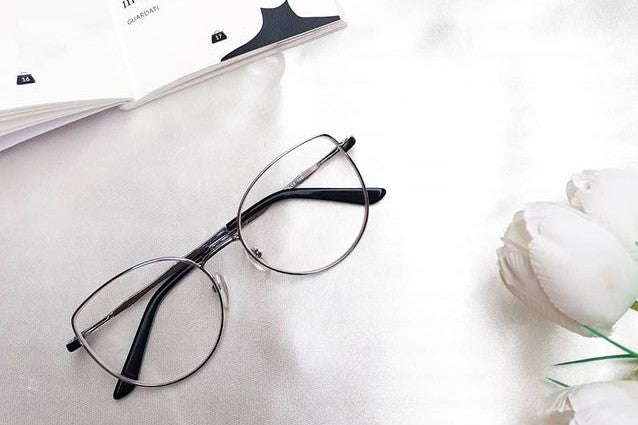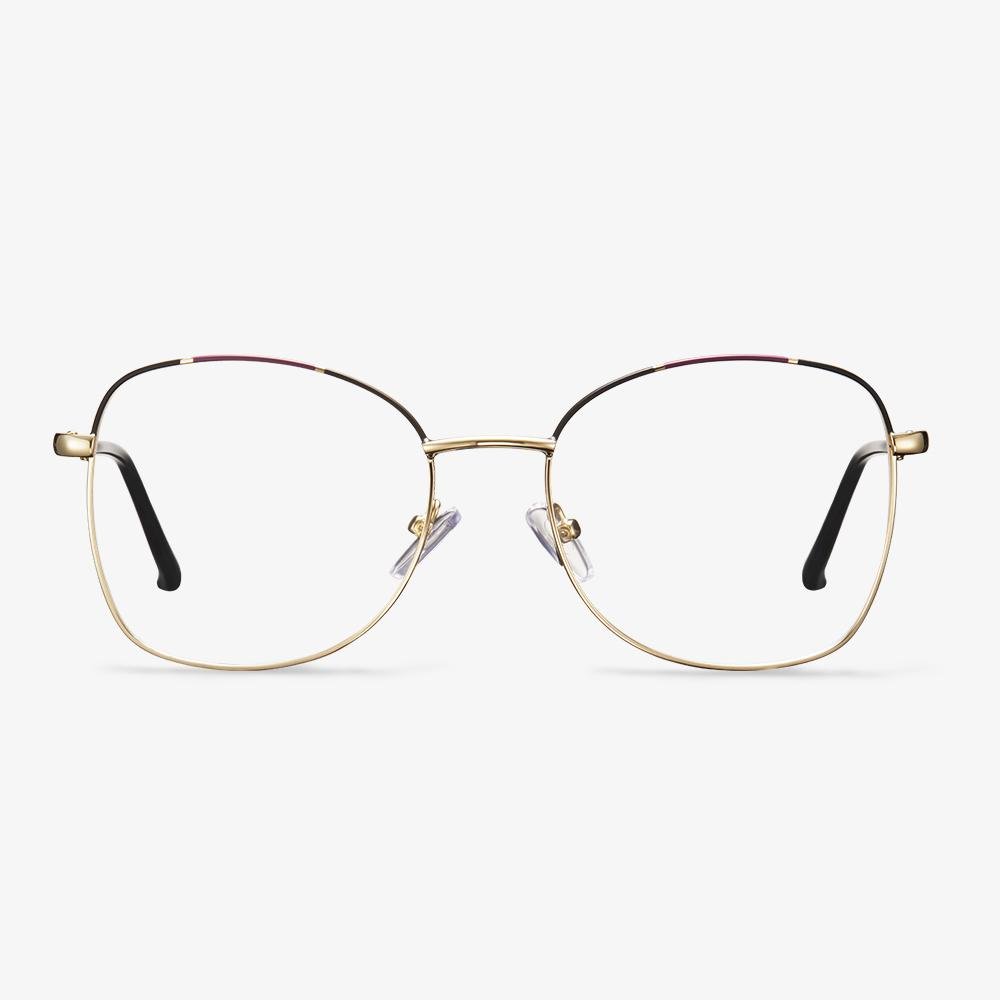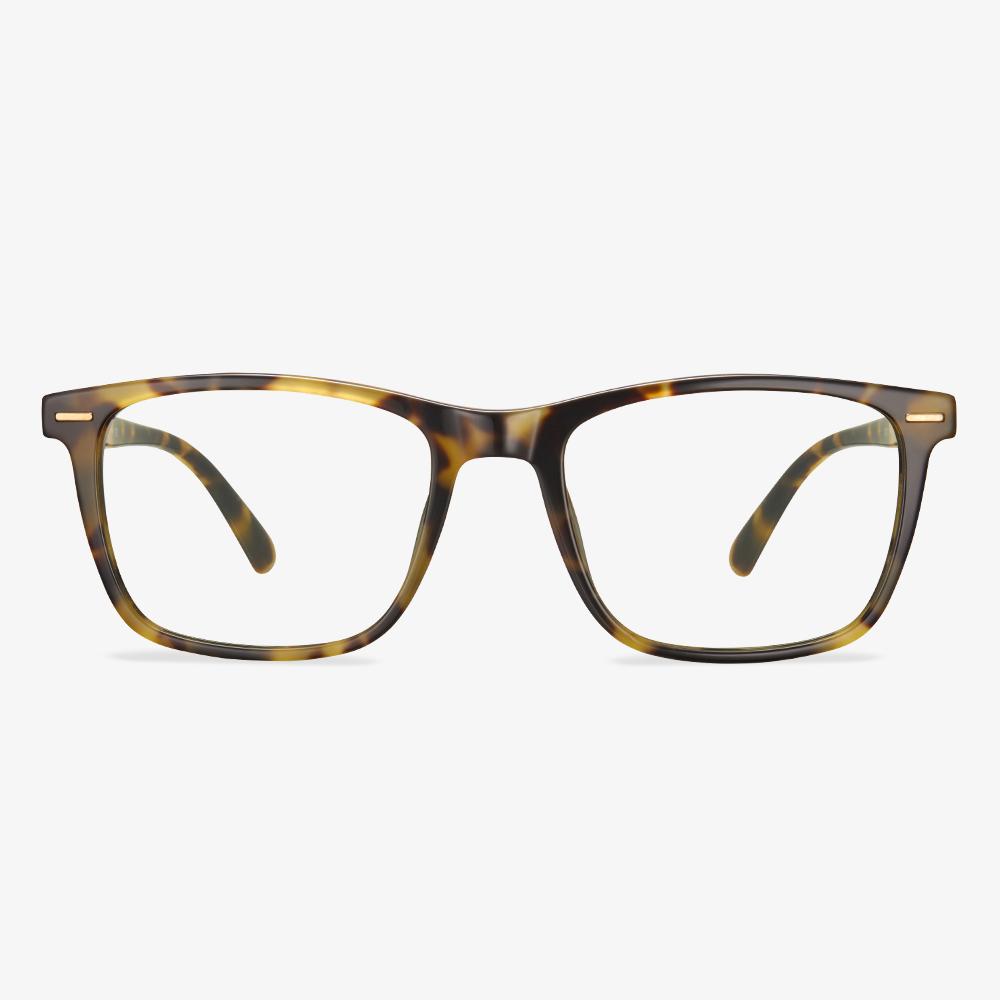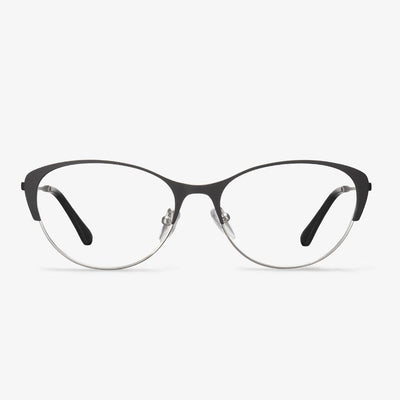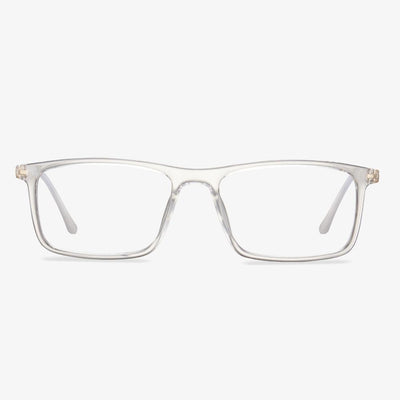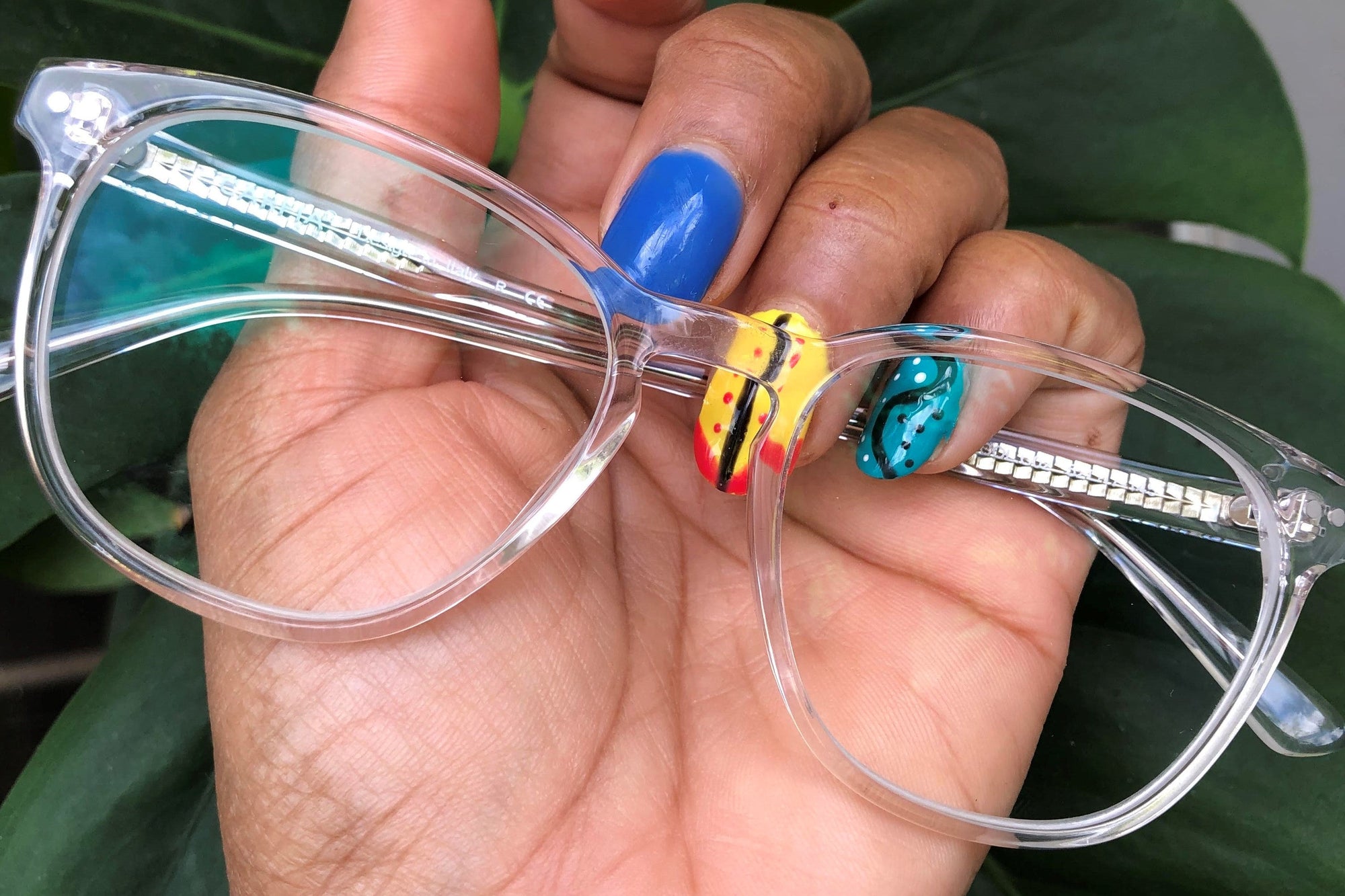About the Glasses Direct
Glasses Direct is an online professional eyewear shopping site based in the UK, with the leading online sales volume in Europe. Over the past five years, its online sales have increased by 50%, and it has had more than a million customers. Since 2004, they have been providing affordable glasses with uncompromising quality and professional service. The frames selected included big brands like Ray-Ban and Oakley and came in a variety of shapes and sizes. Its main goal is to provide a convenient option for people who need corrective glasses.
The design evolution of progressive lenses
Spherical and aspheric designs
The design of the front surface of the far-use area of the early progressive lens is similar to that of the ordinary spherical single vision lenses, so it is called a spherical progressive lens. Since 1974, the front surface of the far-use region of the lens is designed to be aspheric by designers, which not only reduces the peripheral aberration but makes the lens thinner, lighter, and less powerful.
Hard and soft design
For hard design, the channel is short, and the gradient is large. The near-use area position is high. The effective visual area of remote and near-use areas was larger. Peripheral astigmatism is relatively concentrated. Because surrounding astigmatism increases rapidly and the distribution is dense, the curve effect is more obvious. The gradient area is narrow. It is more difficult and takes longer for wearers to adapt.
Lenses with soft designs have slower gradients, longer gradients, and wider gradients. The angle of rotation of the eye from the far area to the near area is greater. It's easier to get used to. Compared with the hard design, the effective visual area of the far and near use areas is smaller, and the location of the near use area is lower.
Single, diverse, and individualized design
Initially, the progressive lenses used a single design, in which each basic curve was scaled equally and a luminosity combination was added within the range of its semi-finished lens blanks. The steepest base curve uses the same lens design as the flattest base curve. Lenses designers quickly realized that the overall performance of the lens could be improved by microcustomizing the lens design, leading to progressive lenses with multiple designs. This kind of design is called diverse design. By the mid-1990s, there was the emergence of individualized lens designs. In addition to using different gradients, these first individualized lens designs used steeper baseline curves with a slightly larger approach area to compensate for increased magnification and reduced field of view.
Symmetrical and asymmetric design
There is no difference between the left and right eyes in the symmetrical design of progressive lenses. As the eyes turn inward when they see near objects, the gradual gradient area gradually tilts to the nasal side from top to bottom, so the left/right progressive lenses should be rotated clockwise/counterclockwise respectively during processing. An asymptotic lens with left and right eye divisions is called an asymmetric design. The gradient is gradually and moderately inclined to the nasal side from top to bottom. The refractive force, astigmatism, and vertical prism of the two sides of the left and right gradient of the asymmetric design lenses are basically similar. At the same time, considering the characteristics of eye movement parameters in binocular vision, the peripheral aberrations of the corresponding positions of the left and right lenses were appropriately balanced to improve the visual effect of the wearer.
Why do glasses with the same prescription feel different?
The style of the frame has changed. The structure of the new glasses and the old glasses (half-frame, rimless, full-frame) may be different, and the angle of the glasses may also be different, which will cause visual differences and the symptoms of dizziness after wearing the new glasses. If you used to wear rimless glasses or half-rim glasses before and switch to full-frame glasses, you will feel that his field of view is limited and you will feel a little uncomfortable when you see the edge of the frame. If you wear full-frame glasses before, you will feel the edge of the lens when you change to half-rim glasses. It's too bright to adapt. There is another situation, changing from a frame with a nose pad to a frame without nose pads. Because the distance between the lens and the eye has changed, the position of the nose pad has also changed, which directly affects the relative position of the optical center and the pupil, as well as the distance from the back vertex of the lens to the cornea, which naturally affects the visual difference. In this case, you can fine-tune the nose pads, or after a short-term adaptation, you can generally return to normal.
Normally, opticians do not want to change their original visual habits (to maintain visual continuity) and want to copy a pair of glasses with the same vision. When optometry, they must provide the used old glasses and their optometry record sheet for inspection. With personnel reference. Simply put, comfort is equal to habit. If you want new glasses to wear comfortably, you must keep your original habits. It's not just the reproduction of luminosity. If you don't wear suitable glasses often, you will feel uncomfortable once you wear them.
Are progressive lenses good for driving?
Progressive lenses can help you see close, far, and anywhere in between. That means progressive lenses are good for driving. So you don't have to change your glasses on the way. With progressive lenses, you can easily see all distances. Standard lenses are more affordable than premium lenses, but premium lenses offer a wider field of view and are ideal for drivers.
Gunnar Intercept blue light blocking glasses
The company is committed to improving people's visual experience when watching digital devices like computers, laptops, smartphones, pads, etc so that the wearers will no longer be affected by harmful light like short-wave blue light and glare refracting from these digital screens. They are continuously pursuing better protection of human eyes. Gunnar Intercept anti-blue light glasses filter or block harmful blue light from screens like computers. They relax eye muscles, soothe eye fatigue, prevent eye dryness, maintain constant moisture, and increase visual clarity.
What glasses are best for night driving?
You had better not make myopia sunglasses directly with sunglasses frame. The radian of a lot of sunglasses is too high. When the nearsightedness lens that uses 400 degrees directly is squeezed into radian even 600 degrees to 800 degrees frame. The actual degree of the lens and other parameters will change. And, to meet the processing that sunglasses frame needs, the pupil distance of most myopic sunglasses was magnified 4 mm above. This is eye damage! No matter what style or look your glasses are, make sure they are specifically designed to eliminate glare and improve your view.
Can lens thickness affect eyeglasses definition?
The lens thickness of myopic glasses will not affect definition, so you can choose the glasses with appropriate degrees according to your own situation. It is recommended to choose the lens with a membrane, which can increase the transmittance and can play the effect of anti-ultraviolet and waterproof functions. The thickness of the lens is related to the refractive index of the material used in the lens. The higher the refractive index of the lens, the thinner it is. The so-called ultra-thin lens is the lens with a high refractive index. From the side view of the lens, there will be a fuzzy color phenomenon. Because the nearsighted lens is a concave lens, and the edge is similar to a prism, which can produce a prism effect. In addition, when you wear glasses, try to choose a smaller frame, so you can avoid the prism effect on the edge of the lens.
















